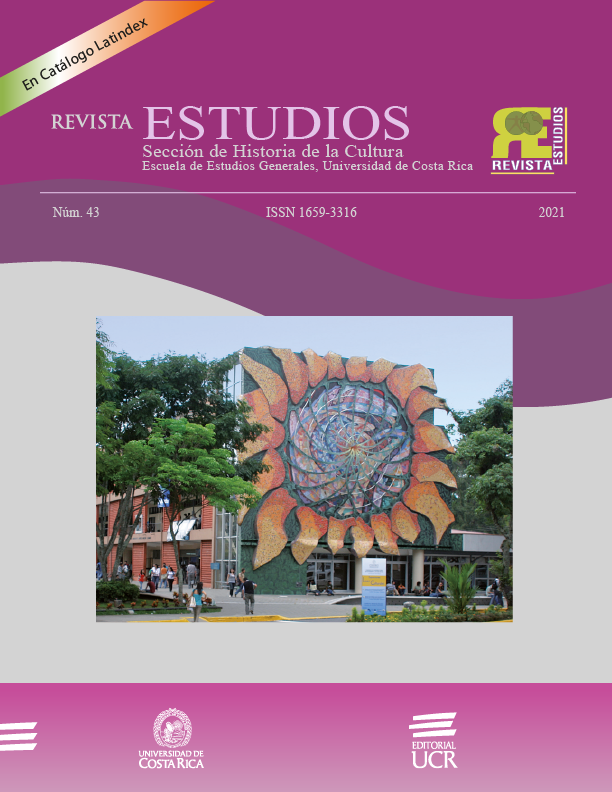Abstract
The problem of why female university students receive less academic recognition and promote themselves less, despite their better academic results, is a matter of great concern. Some studies suggest that this is due to gender stigma (Pinel, 1999), and others cite the impostor phenomenon (Cokley, Awad, Smith, et al. 2015). Our goal was to check if pre-service teachers in our programs showed any of these signs, since if so, it could become a problem because they are transmitters of social constructs in their classes. This research analyzes the conceptions that teachers have about gender and about the behavior that men and women usually have towards each other. A questionnaire was administered to 189 students of the University of Alicante, and the results revealed the presence of gender stigma. This leads us to reflect on the relationship between the imprint of gender and its promotion by teachers in the teaching profession, as well as the transmission of stigma to society through its teachings.
References
Clance, P. R. y Imes, S.A. (1978). The Impostor Phenomenon in high-achieving women: Dynamics and therapeutic intervention. Psychotherapy: Theory, Research and Practice, 5, (3), pp. 241-247.
Cokley K., Awad G., Smith L., Jackson S., Awosogba O., Hurst A., Stone S., Blondeau L. y Roberts D. (2015). The Roles of Gender Stigma Consciousness, Impostor Phenomenon and Academic Self-Concept in the Academic Outcomes of Women and Men. Sex Roles. 73, pp. 414–426. Recuperado de https://doi.org/10.1007/s11199-015-0516-7
Crocker, J. y Major, B. (1989). Social stigma and self-esteem: the self-protective properties of stigma. Psychological Review, 96, (4), pp. 608-630. Recuperado de http://psycnet.apa.org/journals/rev/96/4/608.pdf
Goffman, E. (1986) Estigma. La identidad deteriorada. Buenos aires: Amorrortu.
Gnaulati, E. (2014). Why girls tend to get better grades than boys do. Education.The Atlantic. 2014, sep. Recuperado de http://www.theatlantic.com/education/archive/2014/09/why-girls-get-better-grades-than-boys-do/380318/s
Kiefer, A.K., y Sekaquaptewa, D.J. (2007). Implicit stereotypes and women’s math performance: How implicit gender-math stereotypes influence women’s susceptibility to stereotype threat. Journal of ExperimentalSocial Psychology, 43, (5), pp. 825-832.
Mallery, P. y George, D. (2003) SPSS for Windows step by step: a simple guide and reference. Boston: Allyn & Bacon.
Nunnally, J.C. (1967) Psychometric theory. New York: McGraw-Hill.
Liben, L., Bigler, R., y Krogh, H. (2001) Pink and Blue Collar Jobs: Children’s Judgments of Job Status and Job Aspirations in Relation to Sex of Worker. Journal of Experimental Child Psychology, 79, pp. 346–363.
Pinel, E. C. (1999). Stigma consciousness: The psychological legacy of social stereotypes. Journal of Personality and Social Psychology, 76, (1), pp. 114-128.
Pinel, E.C. (2004). You're Just Saying That Because I'm a Woman: Stigma Consciousness and Attributions to Discrimination. Self and Identity, 3, (1), pp.39-51.Recuperado de https://www.tandfonline.com/doi/full/10.1080/13576500342000031
Pinel, E.C., Longb, A.E., Murdochc, E.Q. y Helm, P. (2017) A prisoner of one's own mind: Identifying and understanding existential isolation. Personality and Individual Differences. 105, (15), pp. 54-63.
Schmalz, D. L. & Kerstetter, D. L. (2006) Girlie Girls and Manly Men: Chidren's Stigma Consciousness of Gender in Sports and Physical Activities. Journal of Leisure Research. 38, (4), pp. 536-557.
Steele, C. M., & Aronson, J. (1997). A threat in the air: How stereotypes shape intellectual identity and performance. American Psychologist, 52, (6), pp. 613–629.


